Some analysts are calling it the new space race. Others liken it to a gold rush. Whatever words you choose to describe it, online grocery shopping as a revenue stream for the multiples is only set to grow. Last year the UK grocery home shopping market was worth £6.5bn. IGD expects it to top £14bn by 2018.
But there’s a problem. For years the profitability of the online models of the grocers has been called into question. But a new report by global restructuring expert Alvarez & Marsal (A&M) suggests that by 2018 the online offer of the UK grocery retailers will have reached a tipping point. Sounds a good thing, right? Unfortunately not.
Swamped and out of pocket
Rather than resulting in massive profits cascading straight to the bottom line, the report suggests the retailers will be left both swamped and increasingly out of pocket as those little demons lurking in the machine turn into a monstrous problem.
Based on recent growth projections, supermarkets will need to fulfil more than half a million online orders and pick more than 26 million line items accurately per day [A&M]. And unless the grocers change their current working practices in the next four years, three of the big six (Tesco, Asda, Sainsbury’s, Morrisons, Waitrose and Ocado) will be unable to meet online demand, while half of them will not make any margin much beyond 2016 if they continue to operate as they do today.
So can online be profitable for the grocers? And if so how? The problems many currently face in the online space relate to how they’ve historically operated their store operations in the past, according to Tim Waters, A&M’s senior director and supply chain lead.
“Gaining overall market share and opening more real estate brought higher revenues, and while operating margin percentages were small, the sheer number of stores and customers brought material profits,” explains Waters.
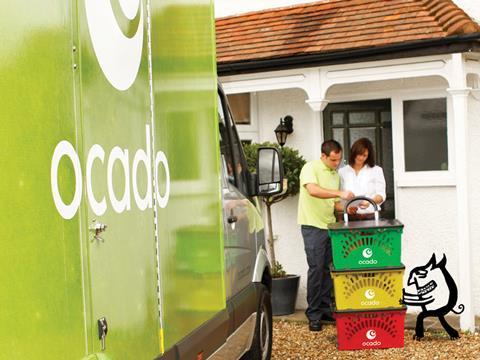
Many of the grocers applied this same methodology to their online offer, rolling out in-store online picking operations. However, they have found to their cost that, unlike traditional store growth, higher volumes don’t achieve the necessary economies of scale. The rapid rate of adoption of online by UK consumers has also “caught some large grocers napping,” causing them to embrace hybrid models that are totally inefficient, he adds.
The advantage of store picking is low investment, and when you’ve got low scale it’s manageable. But as the scale starts to grow it can overwhelm stores, says Will Hayllar, partner at OC&C .
“Once retailers get to the point where 10% to 15% of the shopping being done in a store is online picking, they have to shift to another solution because otherwise it’s getting in the way of the shopping experience of the people who still choose to shop in the store.”
Dark replicas of inefficient store layouts
This is where dark stores come into their own. Waters is in favour of the principle of moving picking operations to a dark store, as Tesco in particular has done. “However, what most of them have done is construct the inside of a dark store exactly like the inside of a traditional store, so you end up with most of the inefficiencies you had while you were picking in the existing store - it’s just that there are no other customers walking around.
“If you’re going that extra mile to set up something dedicated to online, it would seem prudent to make sure it’s the most efficient pick operation possible as opposed to a replica of the old inefficient store layout.”
Some retailers, like Tesco, have already started to introduce greater levels of automation in their latest generation dark stores to make them as efficient as possible - though none currently matches Ocado’s highly automated centralised customer fulfilment centres (CFC). Although it may have struggled to make money from its CFC strategy to date, it is at the tipping point of order volumes required to hit economies of scale, believes David Bosomworth, supply chain consultant at The Sequoia Partnership.
“The current crop of CFCs represent the first phase of an industrial revolution in picking efficiency. Only the fetching and carrying of products has been automated so far; the actual picking is still done by a person. Technological advances are set to automate the picking operation itself and lift CFC profitability higher,” says Bosomworth.
It’s clear that this degree of automation has the ability to significantly improve efficiencies, but it also requires a high capital outlay on equipment. That’s why grocers are increasingly looking towards the cheap and cheerful option of click & collect as their salvation, given its ability to offer smaller margin erosion with minimal investment outlay.
According to one industry expert, the cost of a store-picked home delivery is around the £18-£20 mark, so with a delivery charge of around £5 you’re potentially looking at a deficit of £15 - the basket spend will determine how much profit you ultimately make on the order. If you use a dark store for home delivery, the cost comes down to around £12 so you have more of a chance of making a profit. But if you use a dark store and then C&C, the cost to the retailer per transaction is around £7, making it much more appealing to the grocers, which are currently trialling all manner of different C&C strategies to see what works best.

“There’s clearly a land grab mentality at the moment, which is ‘let’s burn money and try and steal market share from other people,’” says Bryan Roberts, retail insights director at Kantar. “Hence Tesco offering free C&C, which is clearly unsustainable because they are providing a service to shoppers that they should probably pay a premium for.”
Despite the hyperbole surrounding click & collect, it still only accounts for a small amount of the grocers’ online revenues - Asda says 10% of online orders are C&C. That might explain why the capacity of some of their C&C hubs - whether vans parked in the superstore car park or desks in store - are only currently running at around 10%, according to one source.
Given that, using current methods, the cost of picking an online order accounts for around 55% of the total cost, says the source, even if retailers are successful in encouraging more customers to use C&C services more frequently, it won’t solve the underlying economic problem.
Grinding to a halt
But change - however it manifests itself - has to come because, as A&M’s Waters points out, if grocers cling to current methods and models, the projected growth in the online market will not be achieved as fulfilment - both for home delivery and click & collect - will grind to a halt.
Waters believes the best way to reduce fulfilment cost per order to a level where the customer might be prepared to pay for delivery entails embracing a combination of C&C and a high frequency picking operation. But at the moment, he says, the grocers seem blinded by the idea of driving volumes rather than looking for an end-to-end strategy that will protect their margins.
“Online is currently growing at 15% year on year and that’s unheard of in grocery so we see it as a bit of a gold rush, with the big grocers trying to grab as much market share - if you like the future landscape of online - as possible,” says Bosomworth. “You could argue that they can justify investing in doing that and sacrificing some profit in the short term because it’s worth staking out as much territory in terms of future market share as you can, but at some point they need to move to a profitable model.”







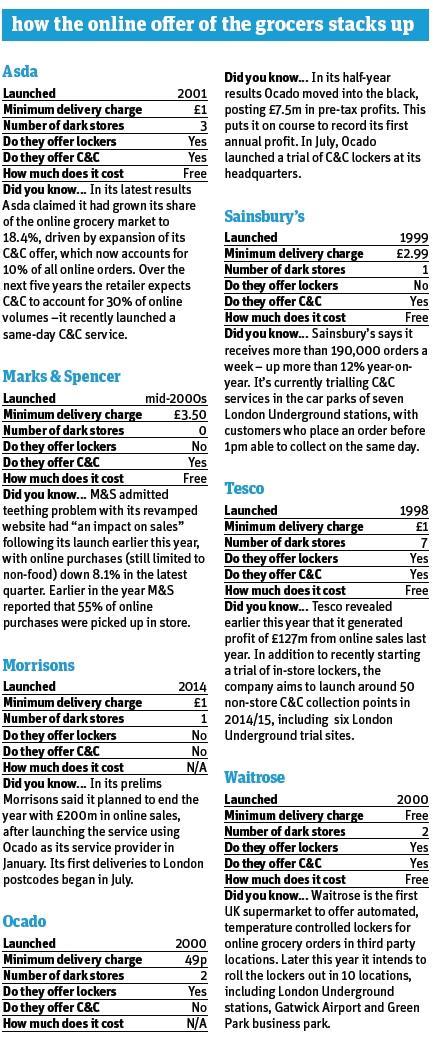

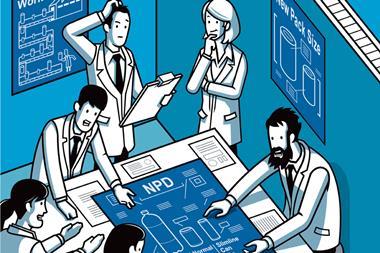
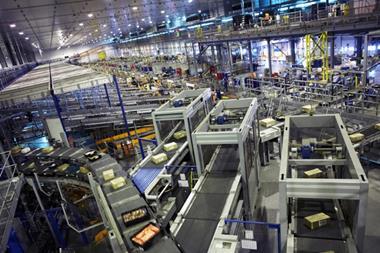

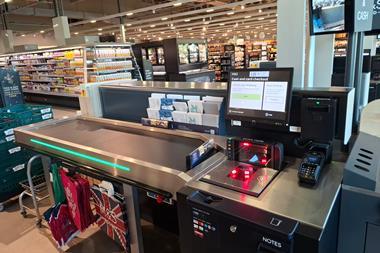
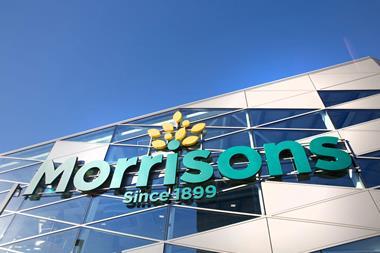






No comments yet